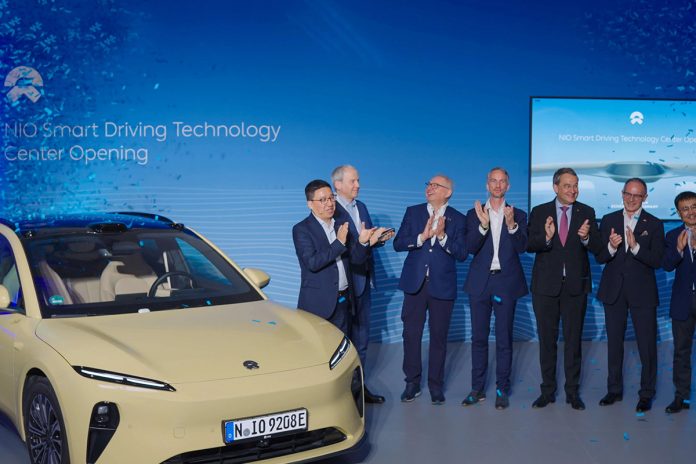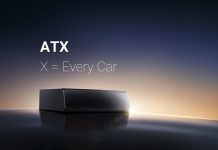Nio, an automaker specializing in smart EVs, has opened its new Smart Driving Technology Center in Schönefeld – a city near Berlin, Germany. Nio said that the opening represents both the first of its technology centers located outside China, and its commitment to international expansion.
Located near the OEM’s Berlin Innovation Center, the two facilities will co-operate closely to develop NIO technologies for use in Europe. Schönefeld was selected in part due to the international connections provided by the nearby Berlin-Brandenburg airport, as well as the benefits Nio found in Berlin and the surrounding area as a key location for the automotive industry.
In Schönefeld, a dedicated team will support the development of new ADAS software designed to adhere to European ADAS requirements. Here, Mirko Reuter, Nio’s Senior Director of Autonomous Driving will lead a team at the new facility who will develop and validate all vehicle-specific systems with a focus on local user needs.
At the opening, Nio demonstrated two of its key ADAS, the Adam Super Computing Platform and Aquila Super Sensing system, highlighting the comfort and safety they add to the overall driving experience. Offering 1016 TOPS (trillion operators per second), the Adam Super Computing System powers Nio’s high-end sensor system, Aquila. Aquila comprises 33 sensors that monitor the car’s entire surroundings and can also rely on a powerful high-resolution LiDAR. This LiDAR itself works to improve the precision and robustness of Nio’s driver-assistance systems, especially within adverse weather conditions. Here, Aquila can detect obstacles in front of the car, even during heavy rain. Its LiDAR, in combination with camera and radar, ‘sees’ through the rain water, making on-board systems safer as a result. Nio placed this LiDAR above the windshield in a ‘watchtower’ design, ensuring it can see as far and unobstructed as possible.
Other features from the Aquila Super Sensing System include a junction assistant that displays the area next to the car on the central monitor when it is turning. This helps the driver identify cyclists adjacent to the car, even if they are in the driver’s blind spot. Another feature enabled by Aquila’s sensors is the improved parking assistant, which identifies available parking spaces in its immediate vicinity. Once selected by the user through a touch command on the in-vehicle screen, the car takes control and parks itself automatically.














